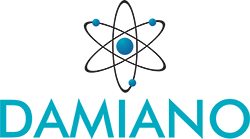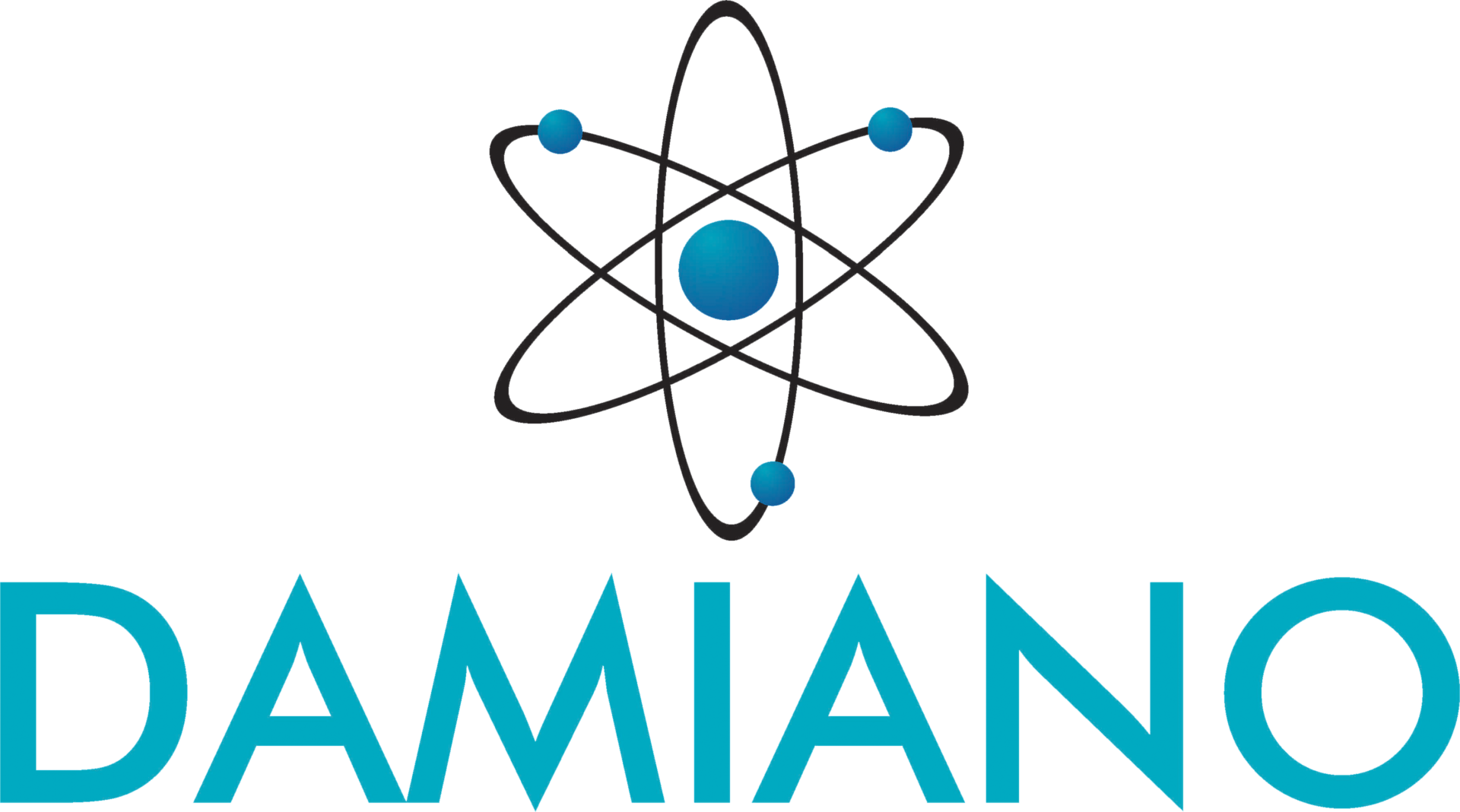Transmission Line Fitting India: A Practical Buyer’s Guide by Damiano
Reading time: ~7 minutes • Category: Overhead Line Hardware
At Damiano, we engineer and supply a complete range of transmission and distribution line fittings that help EPCs, utilities, and OEMs achieve safer stringing, stable line performance, and faster commissioning—without surprises on site.
What Counts as Transmission Line Fittings?
“Transmission line fittings” (often called transmission line hardware or pole line hardware) are the mechanical and electrical accessories used to support, connect, protect, or terminate conductors and earth wires on towers and poles.
The right fitting keeps the line aloft, resists vibration, maintains electrical clearances, and ensures dependable power delivery.
Core Families You’ll Evaluate
- Suspension clamps – carry conductors on tangent structures, allowing controlled movement and reducing stress.
- Tension (dead-end) fittings – terminate conductors at angles/ends with designed grip and slip limits.
- Disc insulator hardware (B&S / T&C) – links insulator strings to conductors and tower hardware.
- PG clamps & connectors – make reliable electrical joints (parallel groove, mid-span, terminal).
- OPGW / ADSS accessories – suspension/termination sets, vibration control, helical fittings.
- Vibration dampers, arcing horns, spacers – mitigate aeolian vibration, protect under faults, maintain phase spacing.
India-Fit Design Considerations (So You Choose Right, First Time)
Indian projects can span plains, coasts, deserts, and hills. While the bill of material looks similar, local conditions change the specification. Keep these points front and centre:
- Conductor compatibility: Specify by conductor family (e.g., ACSR Dog, Panther, Zebra) and cross-section (e.g., 34–560 mm²). Ensure the clamp range and groove geometry truly match.
- Metallurgy & finish: Hot-dip galvanized steel for steel parts; high-strength aluminium or Al-alloy for conductor interfaces. Coastal lines benefit from enhanced coating thickness and sealing.
- Mechanical ratings: Minimum ultimate tensile load (UTS), slip load (for dead-end), and angle allowances (for suspension) should align with the line design and safety factors.
- Electrical performance: Low contact resistance, corona performance at higher voltages, and proper arcing protection at critical spans.
- Vibration control: Use stockbridge dampers/spacers as per span, tension, wind regime; confirm damper placement charts.
- Standards & testing: Conformity to applicable IS/IEC where relevant, with documented type/routine tests and material certificates.
- Installation practicality: Hardware should be stringer-friendly—clear markings, torque guidance, compatible fasteners, and weatherproof packaging.
Damiano’s Range for Transmission Line Fitting in India
Our portfolio covers transmission and distribution hardware for new builds, uprates, and maintenance. Typical supply includes:
- Suspension clamps (standard & helical assemblies) with armour rods and elastomer inserts where required
- Tension / dead-end assemblies for ACSR/AAAC/ACSS, including thimbles and clevis links
- B&S / T&C disc hardware sets, yoke plates, ball/clevis links, shackles, turnbuckles
- Parallel groove (PG) clamps, mid-span joints, repair sleeves
- OPGW & ADSS fittings (suspension & termination sets, extension links, vibration dampers)
- Arcing horns, spacers, spacer dampers, corona rings (as per design)
For an overview of adjacent categories, see our Overhead Line Fittings library with quick-look specs, and reach our engineers via the contact page for conductor-specific sizing.
Spec Sheet: What to Add to Your RFQ
Precise RFQs reduce iterations and speed up delivery. Include the following:
- Voltage level & structure type (11 kV, 33 kV, 132 kV, 220 kV, 400 kV; tangent/small angle/dead-end)
- Conductor data (type & code name—ACSR Dog/Panther/Zebra; cross-section; diameter; UTS)
- Span & tension (initial and final; temperature assumptions)
- Corrosion environment (coastal/industrial/normal) and desired coating class
- Accessories (number of dampers/spacers per span; arcing horns; corona control)
- Standards/testing expectations and any utility-specific drawings
- Packaging & logistics (site access constraints, phased deliveries, labels)
Quality & Reliability: From Drawing Board to Dispatch
Design Assurance
We begin with conductor geometry and mechanical envelopes, then validate clearances and stress under wind/ice load cases. Hardware is matched to insulator strings and tower steel so you don’t face mismatched pins or unsafe angles on site.
Manufacturing & Finish
Components are produced with controlled metallurgy, accurate machining/forging, and surface treatment suited for Indian climates. Galvanizing thickness and coating adhesion are checked as per agreed specifications.
Testing & Documentation
Routine inspections cover dimensions, surface condition, fastener grade, and threads. Type/routine tests (mechanical load, slip, electrical checks where applicable) are documented and shared with the supply.
Why Damiano for Transmission Line Fittings in India?
- India-proven hardware: Designed around Indian conductors, terrains, and weather.
- Engineer support: Quick help with take-offs, selection, and installation guidance.
- Reliable lead times: Phased dispatches to suit execution schedules.
- Transparent documentation: Drawings, CoC, and test summaries for approvals.
- Sustainable packaging: Robust, legible, and site-ready.
Whether it’s a 33 kV line in a coastal belt or a 220 kV corridor in dry heat, our team helps you balance mechanical safety, electrical performance, and lifecycle cost.
FAQ: Quick Answers
How do I choose between standard and helical suspension?
For higher vibration risk (longer spans, windy corridors), helical systems with armour rods offer improved damping and conductor protection. For typical tangent structures with moderate spans, standard clamps may suffice.
What if my conductor mix changes mid-project?
Share the updated conductor datasheets. We will re-validate the clamp ranges and advise any substitutions before stringing to avoid slip or over-compression.
Do you supply OPGW/ADSS fittings too?
Yes—suspension/termination sets, vibration dampers, and links compatible with common OPGW/ADSS sizes used in India.


